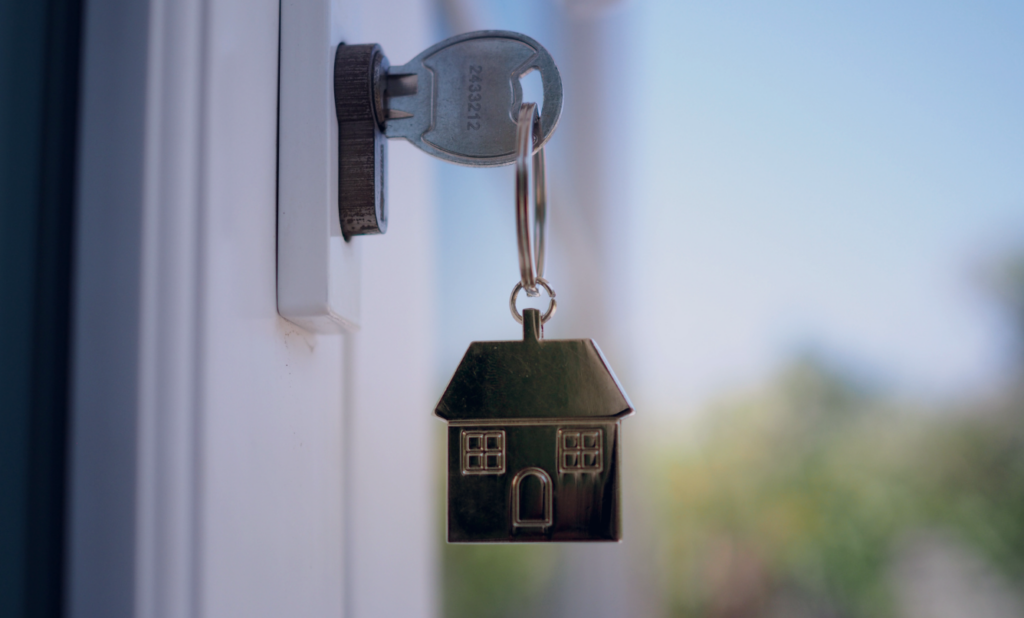Ensuring Proper Coverage – What do I need to know?
Property insurance is broken up into two main categories: Homeowners and Automobile. Let us start with Homeowners and break down the main sections of coverage:
- Main Dwelling
- Personal Property
Main Dwelling Coverage
Main Dwelling coverage protects the actual home and will pay for repairs to the home or replace any damaged sections to the home. The general rule of thumb for coverage should equal the replacement cost. This equals the amount necessary to repair or replace the home with materials of the same or similar quality at current prices without any deduction for depreciation.
Insurance carriers typically require the insured (homeowner) to hold insurance of at least 80% of the replacement cost of their home; otherwise, a coinsurance amount will be shared between the insured and the carrier if a claim is submitted. The coinsurance amount is in addition to any deductible set in the policy.
For example, a home’s replacement cost is $400,000, but the insured only purchased $200,000 worth of coverage. If the insured experiences a $50,000 loss, the insurance company will only pay a portion of the $50,000, in this case, $31,250. Therefore, the homeowner will need to pay $18,750 plus any deductible, and the insurance carrier will pay $31,250 to cover the $50,000 claim. This is an example of not having enough insurance or being underinsured. Having the minimum requirement of 80% of the replacement cost can save dollars.
How do I choose the right deductible?
A deductible is the amount of the loss the insured is responsible for paying before benefits from the carrier are payable. Deductible amounts will vary but can start as low as $250. The reason for setting deductibles is to help limit the number of small claims against the insurance provider since the insured will have to pay at least that amount when submitting a claim. A general guideline to help think about deductibles is the lower the deductible, the higher the premium paid for the policy. The premium is the cost of the policy paid on at least an annual basis.
Selecting the right deductible can be an overwhelming thought process. How do you find something that works for you? It is important to consider both the deductible amount you are comfortable paying upfront for a claim and in tandem, the premium for the policy. A general rule of thumb for selecting the right combination of deductible and premium is to set as high of a deductible as you can afford up until an increase in the premium does not save you enough money to make it worthwhile. For example, if the change from $2,500 to $5,000 deductible only saves you $100 in premiums, it would take 25 years of no claims for that to be a good idea. If it saves you $800 in premiums, then it is less than three years without a claim to break even.
https://www.state.nj.us/dobi/ins_ombudsman/om_hofaq.htm
Automobile Insurance
Automobile insurance is required in every state, making this one of the most common types of insurance. Similar to homeowners’ insurance, there are two main coverage points: Liability Coverage and Property Coverage. However, there are two additional topics to cover – Medical Payments and Uninsured Motorists.
Liability and Property coverage under an auto policy resembles our earlier discussion regarding a Homeowner’s policy. Liability insurance provides protection for bodily injuries and property damage caused by a car accident. Property coverage provides protection for damage to another’s property caused by the insured’s vehicle. It should be noted that this section covers you, any family member, as well as anyone that has permission to use your vehicle. Claims are limited to each occurrence, usually stated in a split limit, for example, 100/300/50. All numbers are stated in the thousands. The first number is the per-person bodily injury limit, the second number is the per-occurrence bodily injury limit, and the third number is the property damage liability per occurrence limit.
Medical Payments coverage helps in the event that you or any passenger in your vehicle are injured in a car accident while driving a car. It also assists if you or any family member are struck by another car if a pedestrian.
Uninsured Motorist coverage is optional coverage that will cover the insured in the event of a car accident with someone who is uninsured or whose coverage may be less than the state limit.
Please see PDF for important disclosures.




















